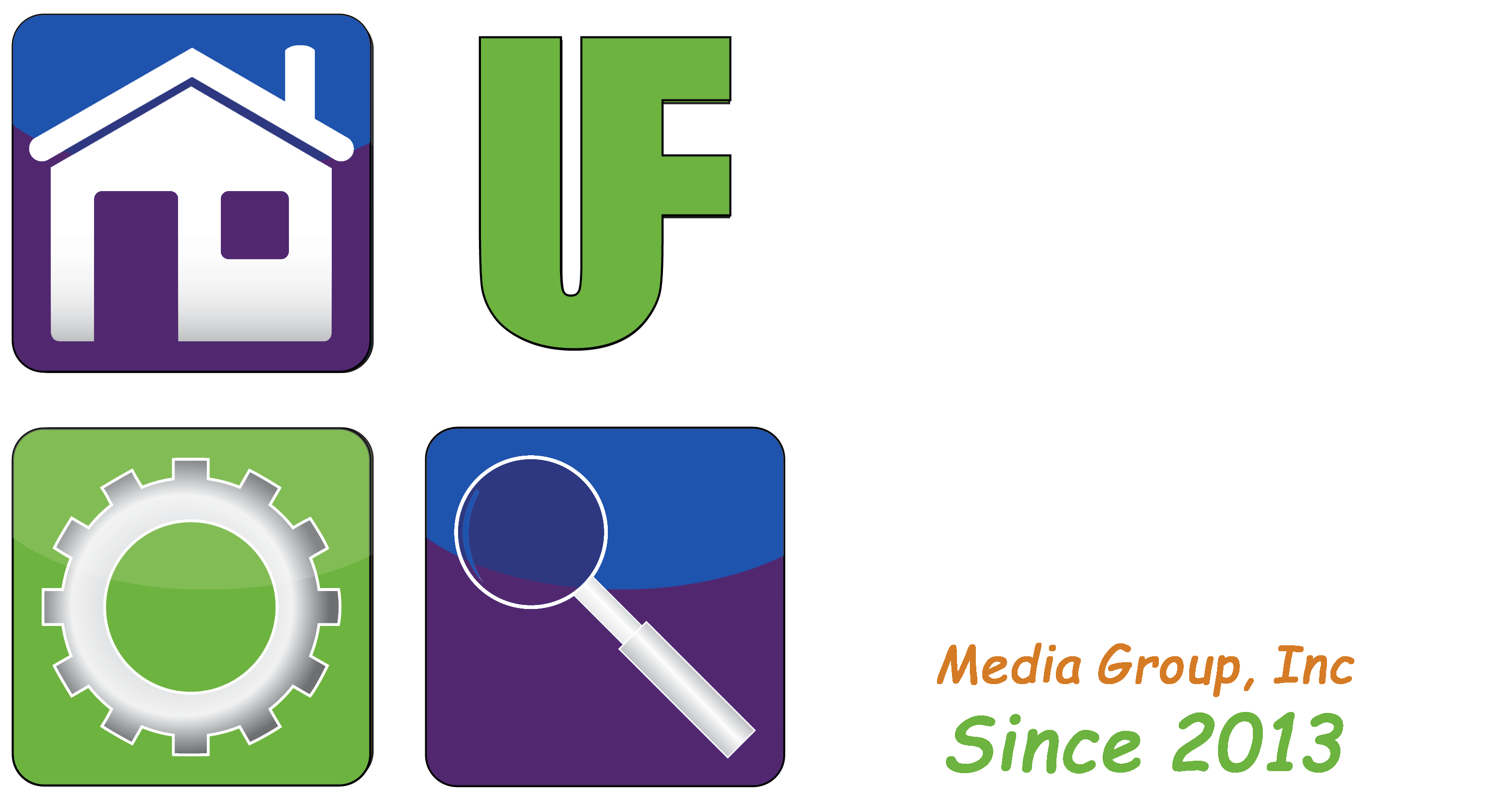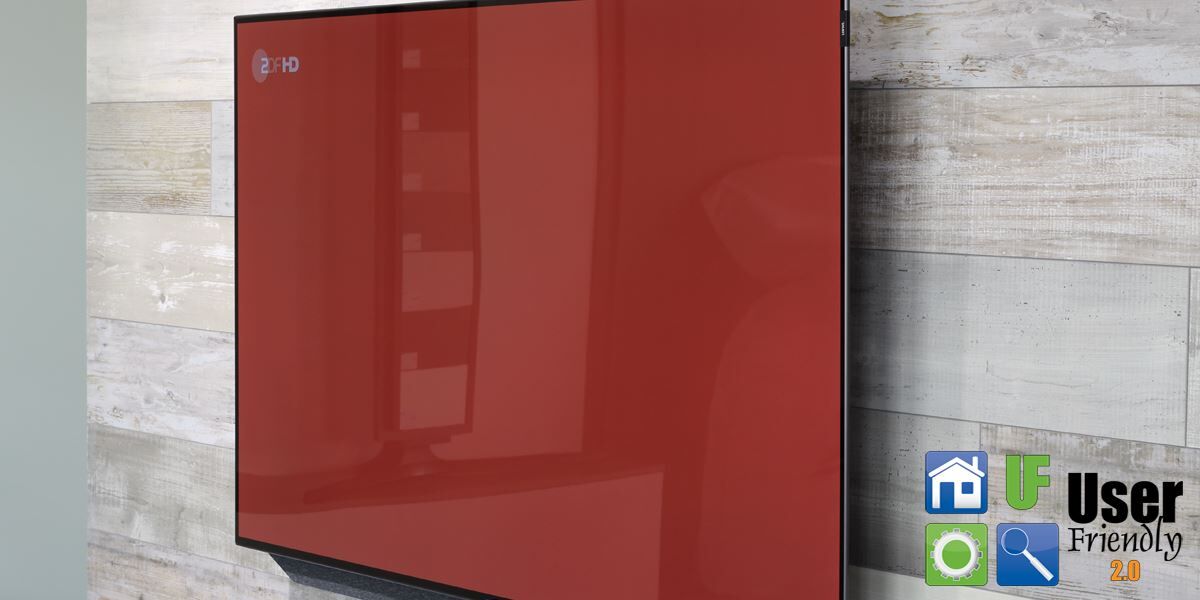By William Sikkens
ISSUE: Next-Gen TV
By: William Sikkens
Host, User Friendly 2.0 Saturday’s at 5:00 p.m.
ATSC 3.0, dubbed “Next-Gen TV”, is the planned future of television broadcasts in the U.S. and likely all over the world.
Next-Gen TV was implemented successfully in South Korea in 2018. We will see it here in the United States as of July 28th.
Do I need to buy a new TV or a converter box?
The changes being made only apply to you if you are using a HDTV with over-the-air broadcasts. If you are using a paid TV provider like Comcast and Charter or using smart TV apps like Netflix or Disney +, you won’t see any changes.
If you are using over-the-air broadcast, traditional vintage style, television you will need to rescan for channels on July 28th. Your current television will continue to work for five years. This is because the FCC requires backward compatibility until 2025. The new standard is not compatible with current tuners so when the time runs out any set that does not support Next-Gen will not receive over-the-air signals.
What is “Next-Gen TV”?
Like most technology televisions continue to be upgraded. “Next-Gen TV” will allow for higher definition broadcasts, more surround sound options, and other features. These “other features” include things like Internet compatibility and interactive TV features. According to the technical documentation you could react through social media in regards to content you are watching as it airs.
Are major networks moving to Next-Gen TV?
Most of the major TV broadcasters are going to be using this format and many already are set up for it. This is a list of the networks who will be broadcasting in the Next-Gen format by July 28th.
- Fox stations
- Univision
- NBCUniversal stations
- Nexstar Media Group
- Sinclair Broadcast Group
- E.W. Scripps Company
- Cox Media Group
- Gray Television
- Hearst Television Inc.
- Meredith Local Media
- Graham Media Group
- TEGNA Inc.
- America’s Public Television Stations
- Phoenix Model Market
- Capitol Broadcasting
- Hubbard Broadcasting
The first test station in the United States is in Phoenix Arizona. They started using the new format alongside the current one in 2018.
Will my current antenna work with the new format?
In short, no. You will want to consider investing in a new antenna in the next five years. Below are several examples of antennas you can purchase now that will work with Next-Gen TV.
#1. Antennas Direct 8-Element Bowtie TV Antenna
Pros and Cons
Pros:
Very reliable reception of weak signals
Broad reception of UHF signals
Can be pointed in two different directions for versatility and precision
Very easy to assemble
Doesn’t need a preamplifier in most situations
Cons:
Relatively large, require a strong mount
Can’t receive VHF signals (need an additional element to receive VHF)
Our Verdict
An impressive antenna in terms of versatility in the beam angle and reception power. You can aim each of the two panels separately, which allows better reception especially if you are attempting to receive signals from different markets. However, this is also good if you want to catch weak signals by pointing both to the same direction.
Very durable with a weatherproof design, so it’s very stable even during strong winds and rainy conditions. An excellent long-term investment especially considering how Antennas Direct is one of the most well-known antenna manufacturers with great customer support and services.
#2. RCA Outdoor Yagi Satellite HD Antenna
FREE TV – RCA Compact Outdoor Yagi HDTV Antenna with 70 Mile Range
Pros and Cons
Pros:
Very easy to assemble, comes almost fully assembled in the package
Easy to install and setup
High-quality reception for great picture and sound
Great signal finder app to detect how one should set the antenna
Flexible design, easy to direct the antenna
Affordable
Cons:
Not very durable and sturdy
Cheap-looking
Our Verdict
The key highlight of this antenna is its ease of installation and setup, as it’s almost fully assembled out of the box. Simple design and relatively light, so you can easily mount it on your rooftop or with a long pole depending on your needs.
Although it’s fairly affordable, the Yagi Satellite HD Antenna does support 4K quality if it’s available in your location. That is a huge plus. Great signal reception and can easily receive channels from relatively far distances.
Also, a very useful RCA Signal App finder that can suggest where you should position the antenna to receive better channels is available for download.
#3. Antennas Direct Clearstream 4 TV Antenna
Pros and Cons
Pros:
Great reception for both UHV and VHF-High signals for medium strength
Sturdy and durable mount, you can easily mount outdoor if necessary
Multi-directional reception for areas with several transmitters located separately
Cons:
No built-in amplifier, not very good at receiving weak signals (needs an amplifier)
DIG DEEPER:
Let’s look under the hood. To start, the acronym “ATSC” stands for Advanced Television Systems Committee. This standard is used to ensure the way a television station broadcasts its signal is compatible with the television receiver you have in your home. Since the United States converted to digital television in June of 2009 all broadcasts have been based on the ATSC standard.
Digital television uses the same type of method as an Internet connection to work. There is a defined bandwidth that the broadcast can use. There are 3 versions of ATSC.
ATSC 1.0
The original and the one all of our digital televisions support offered a fixed bitrate of 19.4 Mbps per channel. Some of the other characteristics include multicast to send both at the same time; both HDTV and SDTV signals. The Internet is separate from the television signal. This version of digital TV was introduced in the United States in 2003 and mandated in 2009.
ATSC 2.0
This is the second version of digital signal. It is backward compatible to version 1.0 and adds a form of broadcast that uses technology like the Internet to send and receive. This version also added features like video on demand and cloud based digital video recorders (DVR) for information storage. This version was introduced in about 2006 but never mandated for use. It is considered a “bridge” to version 3.
ATSC 3.0
As described earlier this new version adds several new capabilities along with Ultra High Definition (UHD) features. It is NOT backward compatible with version 2 or earlier which will require updating all hardware for compatibility. This version removes the separation of Internet and television allowing for wireless Internet delivery along with the television signal. This allows for 2-way communication features of interactive broadcasts to be available. An example is that you could watch a commentary by an individual and vote it up or down on social media. This is somewhat reminiscent of the Ray Bradbury novel Fahrenheit 451 that had giant interactive TV screens within homes.
It is very likely that this new technology will eventually change the way we consume TV. It also has some increased risks. With the presence of a 2-way communication capability, privacy and security issues for viewers and broadcasters will need to be overcome. This includes risks like pirated content, hackers being able to virtually enter your home through the television, relayed signals, etc. We will have to wait and see how the technology will actually play out.
*Some information in this article, including the antenna information, was obtained from antennajunkies.com
William (Bill) Sikkens has been an on-air technology expert since 2014. With an expertise in I.T., cyber security and software design he has had more than 20 years’ experience with advanced technology. Sikkens conceptualizes and designs custom applications for many professional industries from health care to banking and has the ability to explain the details in a way all can understand. Article edited by Gretchen Winkler, who along with Jeremy Winkler are the co-hosts of User Friendly 2.0 here on The Answer Saturday’s at 5:00 p.m.
Links and brand/store information provided are for information only and are not endorsed by Salem Media Group, KPAM or the shows hosts
Got a technology question or comment for Bill? Follow him on Twitter @sikkensw


